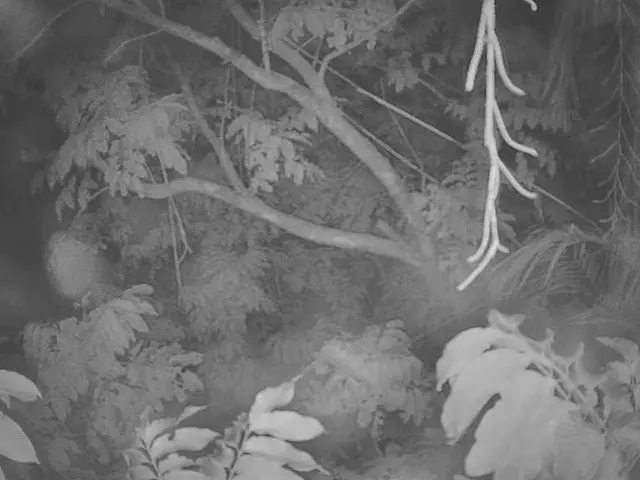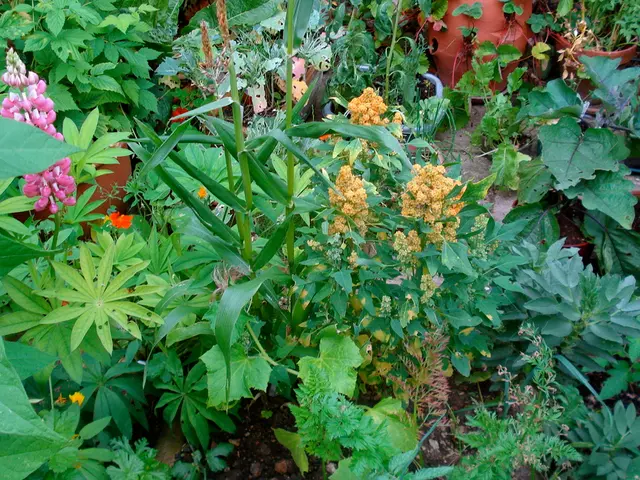Organic Fertilizer Deep Dive: Honing In on the Uses and Benefits of Bone Meal
Chatting It Up With Your Soil: All About Bone Meal Fertilizer
Hey there green thumbs! Today, we're delving into the world of organic fertilizers, with a focus on one of the lesser-known ones, bone meal. Get ready to learn about what it is, how it works, and how to use it for that stupendous garden you've always dreamed of.
What Exactly Is Bone Meal?
Bone meal is an animal byproduct, primarily made from the bones of slaughterhouse animals. It's processed by removing gelatinous materials using high-pressure steam, which is then used in making gelatin and glue. The remaining bone pieces are ground into a fine powder, making the phosphorus more accessible to plant roots.
The Lowdown on Bone Meal
Bone meal is famous for its high levels of calcium and phosphorus, making it a mineral supplement in the plant-feeding world. It's mostly lacking in nitrogen and potassium—two macronutrients that are vital for plant health. So, while it can aid in plant growth, it's not a standalone solution. You'll still need to provide other nutrients to keep your plants fired up!
Blood Meal vs. Bone Meal
In contrast to bone meal, blood meal has a much higher percentage of nitrogen. Both are animal byproducts, and while bone meal lasts 6-12 months, blood meal will only persist for 2 months. Blood meal is often utilized around plants as a natural deterrent for rabbits, deer, and other browsing animals.
Bone Meal as a Fertilizer: Pros and Cons
One of the main advantages of bone meal is its rich calcium and phosphorus content, which benefits root development and disease resistance. However, excessive amounts can cause problems if your soil already has sufficient calcium and phosphorus. In such cases, a soil test would be wise to determine if bone meal is necessary.
Using bone meal as a sole source of nutrients can lead to deficiencies, particularly of nitrogen and potassium. As a rule of thumb, bone meal should not replace complete fertilizers. But don't worry, this organic product remains a fantastic choice for amending your garden soil.
Let's recap. Bone meal may not be a miracle cure-all, but it's an organic and non-toxic solution with a host of benefits when used correctly. implementing it can boost your plant's health, grow strong roots, and contribute to a wholesome garden ecosystem.
How to Make the Most Out of Bone Meal
To use bone meal in your garden, mix it into the top soil before sowing seeds, add it to the bottom of a planting hole, or use it as a side or top dressing around plants. A rough guideline is 3 cups (120 grams) for every 100 square feet (30.48 m). Remember, always water the product thoroughly to help release the nutrients into your soil.
And that concludes our look into the world of bone meal fertilizer! Experiment with this organic product, learn from your garden, and enjoy watching your plants grow beautifully!
Bonnie L. GrantBonnie is a professional landscaper and Certified Urban Gardener ace at Curbly, where she shares practical gardening tips, videos, and more to help you create your dream garden. Don't forget to sign up for our newsletter to get gardening updates right in your inbox and receive our free e-book, "Growing Delicious Tomatoes." Happy gardening!
Transform your home-and-garden lifestyle with the organic goodness of bone meal, a mineral supplement enriched with calcium and phosphorus for robust plant growth. While gardening, combined use of bone meal with other fertilizers, ensuring adequate nitrogen and potassium, for a well-rounded nutrient supply, could enhance your home garden.







